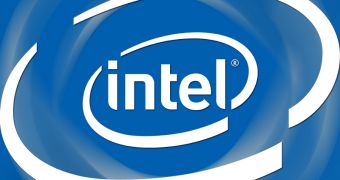Intel has probably not managed to match the ARM architecture in terms of performance-per-watt, but its Silvermont architecture could have finally come close enough to carve a share of the mobile processing market.
The x86 architecture has an advantage in the many applications and programming interfaces that work on it.
Still, previously, the difference in performance-per-watt between x86 and ARM was too large for this advantage to offset it.
Now, however, the Silvermont architecture has appeared, which gives Atom central processing units up to three times the performance of existing models, while cutting power consumption to as little as a fifth.
The ratio will vary of course, according to design. Single-core or dual-core Atom Silvermont units will come close to ARM SoCs, but there will be 8-core models as well.
"Silvermont is a leap forward and an entirely new technology foundation for the future that will address a broad range of products and market segments," said Dadi Perlmutter, Intel executive vice president and chief product officer.
"Early sampling of our 22nm SoCs, including 'Bay Trail' and 'Avoton' is already garnering positive feedback from our customers. Going forward, we will accelerate future generations of this low-power microarchitecture on a yearly cadence."
Silvermont combines the benefits of the 22nm architecture and the company's Tri-Gate transistors. In addition to tablets, phones and ultrabooks, the Atom units may also end up in data centers.
Sadly, the Santa Clara, California-based chip giant said nothing of when, exactly, the CPUs, or rather devices based on them, will make an appearance. Possibly during Computex 2013 (June) or IFA 2013 (August).
In addition to efficiency and core count, Silvermont Atom CPUs possess Intel Burst Technology 2.0 (responsiveness scaled for power efficiency), New IA instructions, and a new out-of-order execution engine (maximized single-thread performance).
"Through our design and process technology co-optimization we exceeded our goals for Silvermont," said Belli Kuttanna, Intel Fellow and chief architect.
"By taking advantage of our strengths in microarchitecture development and leading-edge process technology, we delivered a technology package that enables significantly improved performance and power efficiency ? all while delivering higher frequencies. We're proud of this accomplishment and believe that Silvermont will offer a strong and flexible foundation for a range of new, low-power Intel SoCs."

 14 DAY TRIAL //
14 DAY TRIAL //